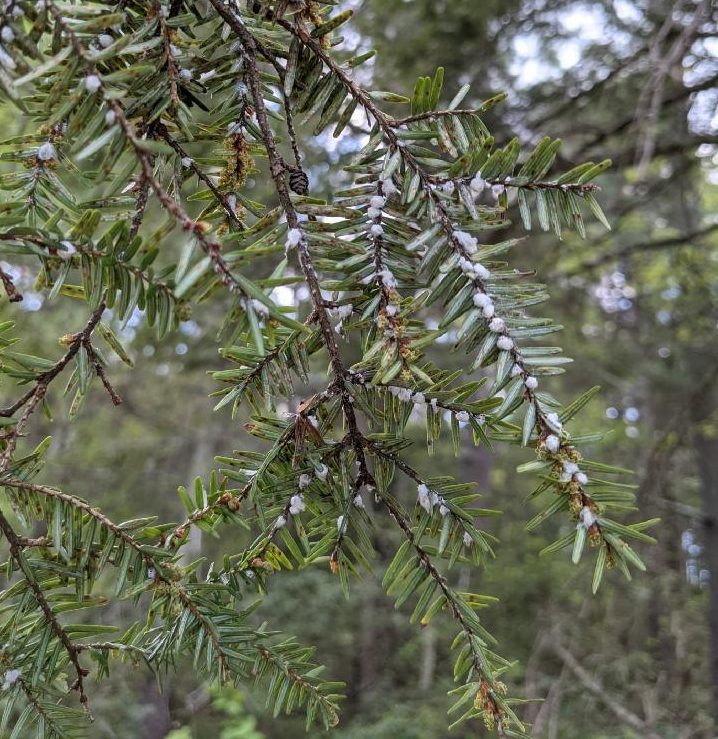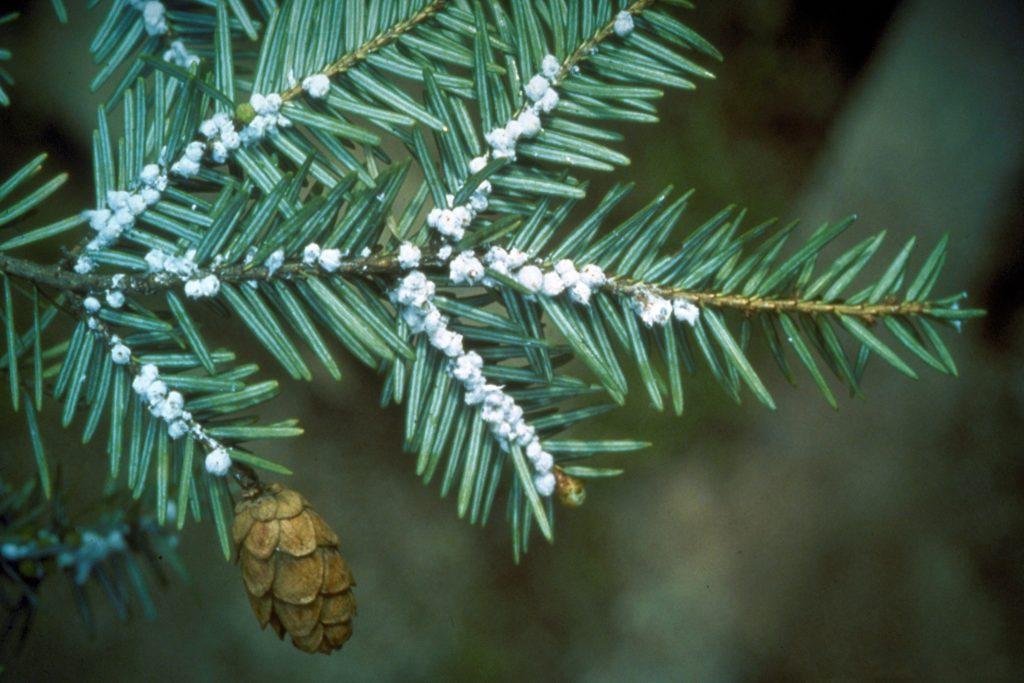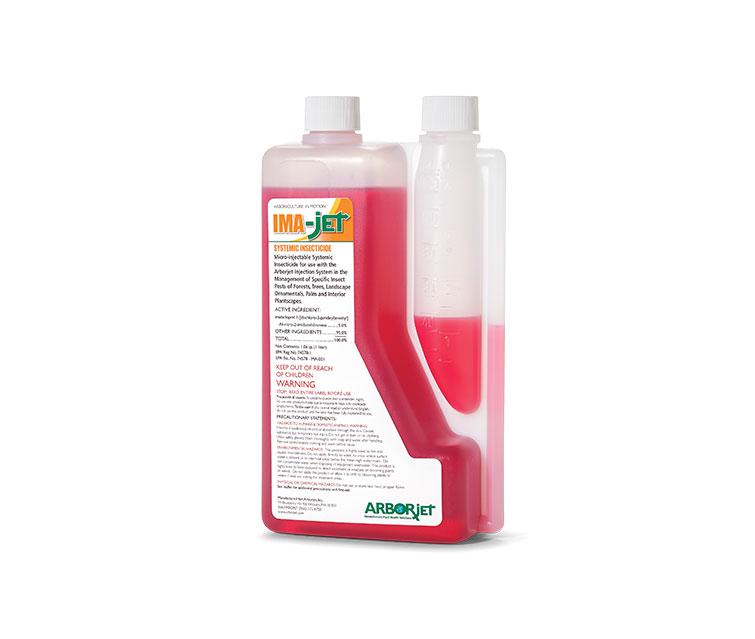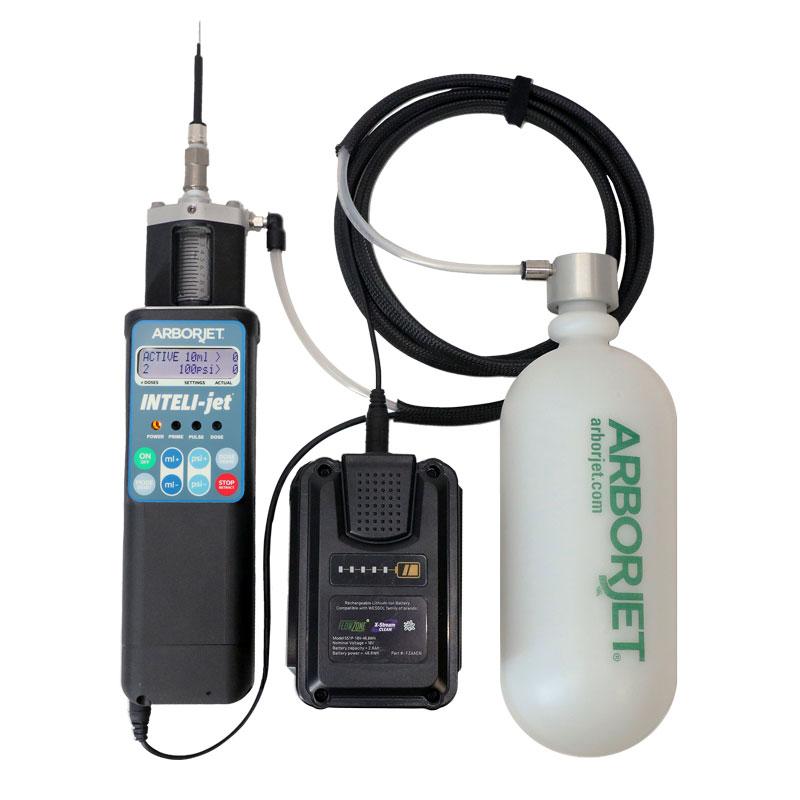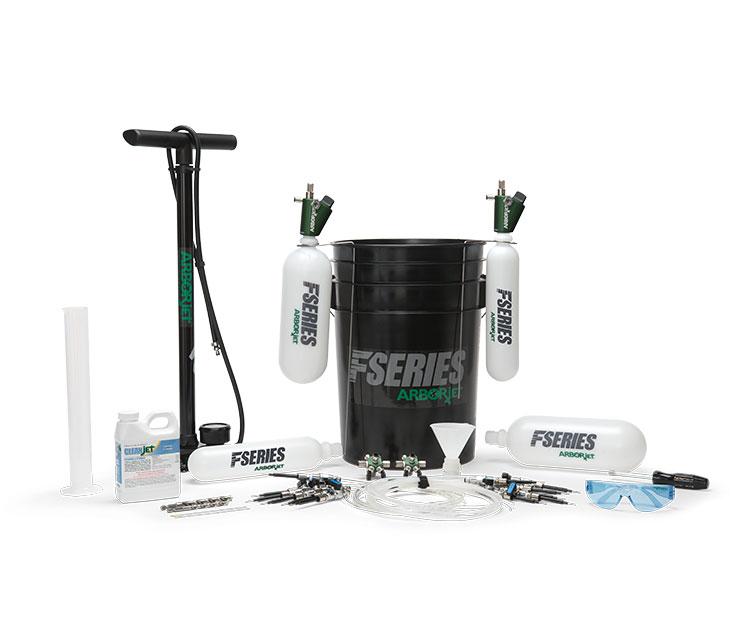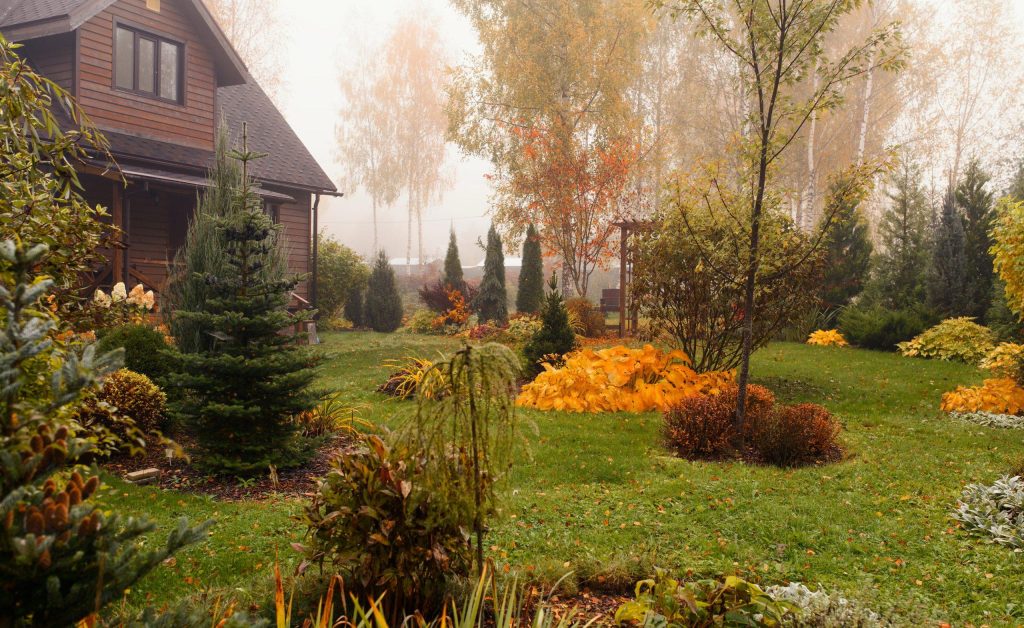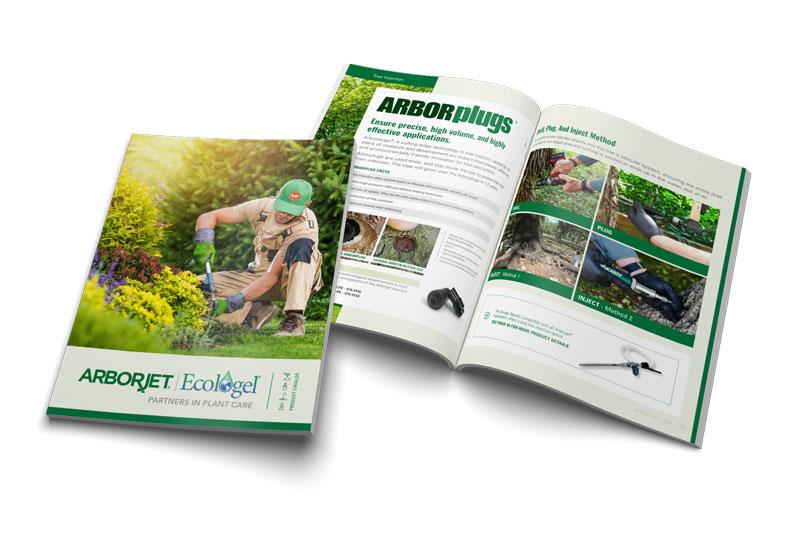Hemlock Woolly Adelgid
The Hemlock Woolly Adelgid (HWA, Adelges tsugae) is a small, aphid-like insects that attacks and eventually kills Eastern hemlock (Tsugae canadensis) trees.
HWA is an invasive species from Asia which has infested the US East Coast hemlock forest from New Hampshire to Georgia, inhibiting twig growth throughout. It has also recently been found in Michigan and Nova Scotia and it is believed to be expanding its range due to changes in climate.
HWA has a complex life cycle; its winter generation and spring generation overlap in the spring. It feeds and reproduces during the colder months, going dormant in the summer.
Common Symptoms
The earliest visible sign of HWA is the presence of white, cottony masses, usually located on the twigs and at the bases of the needles. Populations tend to be denser in the lower limbs, but can be anywhere on the tree. Symptoms will progress to yellowing needles, and thinning and dying limbs, which die off beginning at the base of the tree and moving upwards. Left untreated, the death of the tree is certain.
Treatments
Arborjet recommends a trunk injection of IMA-jet® (5% active ingredient, imidacloprid) insecticide using the TREE I.V. microinfusion system or IMA-jet 10 with the INTELI-jet micro-injector.
Battery-powered and lightweight, the INTELI-jet is easy to transport and use in the forests where HWA is commonly found. Additionally, users can deliver up to 10mL of product into the tree at once. The TREE I.V. is designed to work effectively with the hemlock’s primitive tracheid vascular system; it injects high volumes of product under low pressure, resulting in efficient uptake.
To give the tree a greater health benefit, a follow up application of NutriRoot® or Mn-jet Fe™ is recommended, the specific formulation dependent upon soil type. Each product is formulated to supply essential nutrients to support foliar development without added nitrogen, which could exacerbate HWA infestations.
When To Treat
Generally, the best seasons for injection are fall and spring, when trees are actively transpiring. The environmental conditions that favor uptake are adequate soil moisture and relatively high humidity. Soil temperature should be above 40 degrees F for trunk injection.
In Hemlock, Fall treatments coincide with HWA resumption of feeding. Applications of IMA-jet may be applied in hemlock from September through December, as long as soil temperatures are above 40 degrees F. The second window for application is in the spring months, from March through June.
What To Expect After Treatment
Adelgid mortality occurs after ingestion, generally within 14-28 days, and continues for up to 4 years. Cottony masses remain for some time, but will turn a distinctive gray color. Hemlocks respond positively to treatment with a resumption of twig growth.
References And Photo Credits
HWA caused needle yellowing and branch thinning taken by Tawny Simisky
Settled HWA nymphs taken by NYS Hemlock Initiative
HWA ovisacs taken by Connecticut Agricultural Experiment Station Archive

